Common Marigold Diseases: Learn About Diseases In Marigold Plants
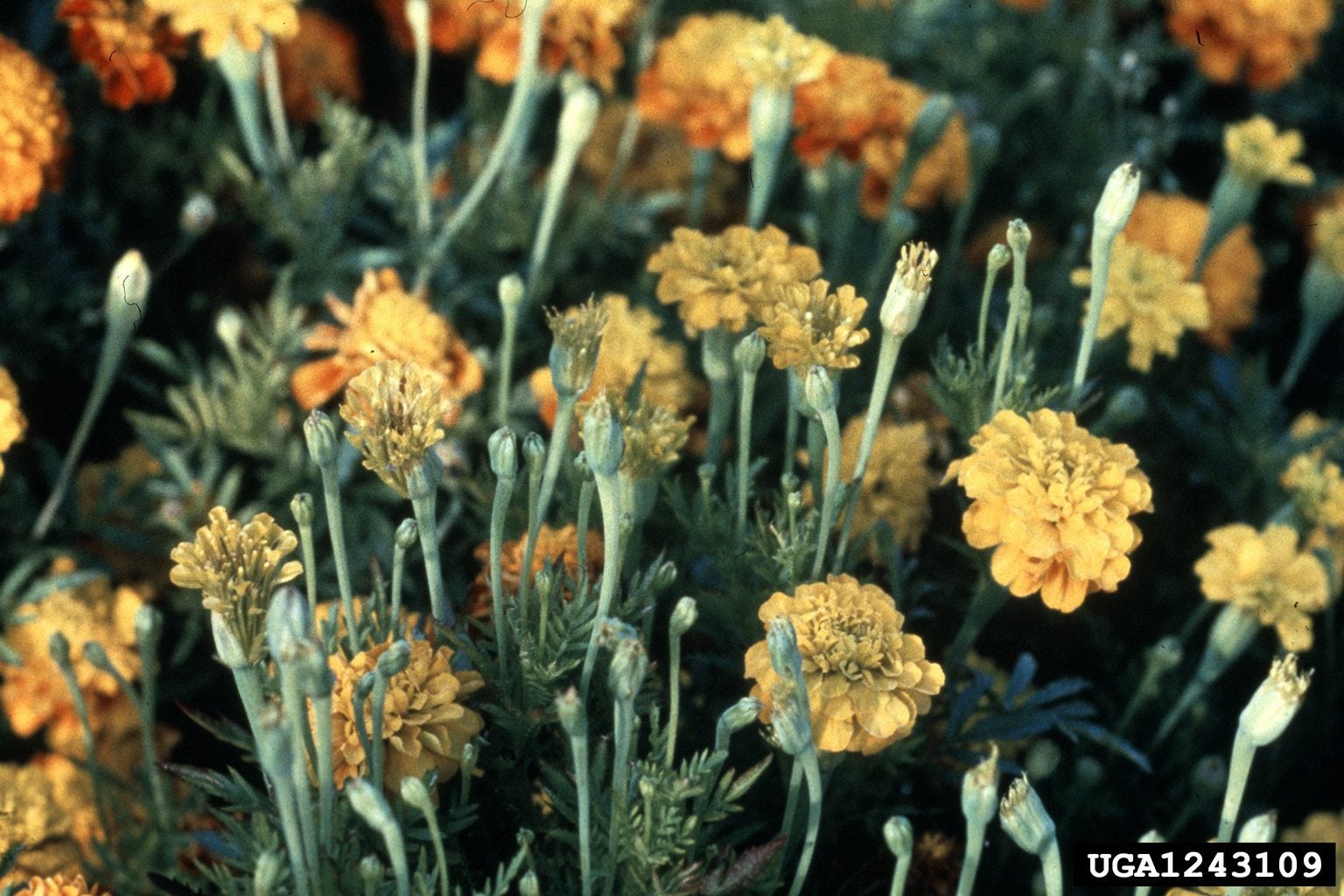

Marigolds are common companion plants, which appear to repel many pest insects. They are fairly resistant to insect issues, but diseases in marigold plants are an occasional problem. The most prevalent diseases are fungal and affect stems, leaves, and roots. Marigold plant diseases are relatively easy to diagnose and treat, however. In fact, most can be cured by using different cultural methods.
Common Marigold Diseases
Among the most common marigold diseases are blights, rots, and mildews. Usually, these types of diseases show up when conditions are wet and warm, and fungal spores are rampant. In most cases, simply discontinuing overhead watering can stop the formation and spread of spores. As mentioned, fungal marigold plant diseases occur most often. These might be Aster yellows, wilt, and stem rot, collar rot, flower bud rot, and damping off when in the seedling phase. Fungicide applications can help in controlling diseases of marigold caused by fungus along with avoiding overhead irrigation. Powdery mildew is another fungal disease that affects all kinds of plants. It is recognized by a powdery white film on leaves and other surfaces. Spraying a mixture of baking soda, water, and a touch of dish soap is an effective weapon. Correct timing when watering plants will allow the moisture to dry on foliage and is another effective strategy to avoid fungal diseases like this. Additionally, ensure that you have correct drainage in your containers and beds.
Other Diseases in Marigold Plants
While many issues can be caused by inadequate nutrients, nutrient excesses in soil can also lead to many plant ailments. Leaf burn, where the tips of leaves and new growth yellow and die, is the result of surplus boron, manganese, or molybdenum. When using fertilizer, be certain your soil needs the amount of nutrients it contains. Soil levels for boron should be 55 parts per million, manganese 24 ppm, and molybdenum just 3 ppm. It may be necessary to perform a soil test to determine what nutrients are already in the soil. Marigolds are not tolerant of low pH soils. This causes manganese or iron toxicity, which will cause leaves to brown and speckle. If pH is too low, you will need to amend the soil with lime for the next year's plants. Bacterial leaf spot is another disease in marigold plants. Unfortunately, the entire plant must be destroyed to prevent spreading the disease.
Controlling Diseases of Marigold
Hindsight is 20/20, but prevention is a crucial part of the strategy.
- Most marigold plant diseases will be due to fungal spores, so correct watering is key.
- Removing infected plant material can also help limit the spread of disease.
- Amend soil with well-rotted compost. If you have heavy clay soil, add sand or other grit to loosen the soil.
- Use containers that drain well and avoid using saucers, which can catch water and cause root rot.
- Use pathogen free potting mixes or sterilize your soil before planting marigolds. If you had an infected plant in the past, use bleach to clean containers before installing any new plant species.
- Choose French and dwarf varieties of marigold, rather than the African species.
Fortunately, problems with marigolds are rare and easily fixed, leaving you with happy plants and a season of golden blooms.
Gardening tips, videos, info and more delivered right to your inbox!
Sign up for the Gardening Know How newsletter today and receive a free copy of our e-book "How to Grow Delicious Tomatoes".

Bonnie Grant is a professional landscaper with a Certification in Urban Gardening. She has been gardening and writing for 15 years. A former professional chef, she has a passion for edible landscaping.
-
 Terrifically Tubular Flowers For Hummingbirds: 9 Tube-Flowered Plants To Attract Hummers
Terrifically Tubular Flowers For Hummingbirds: 9 Tube-Flowered Plants To Attract HummersGrowing tubular flowers for hummingbirds helps you create the optimum feeding conditions for your winged friends. Here are nine tubed delights for hummers
By Tonya Barnett
-
 How To Grow Hydroponic Tomatoes For Fresh Indoor Harvests – No Soil Required
How To Grow Hydroponic Tomatoes For Fresh Indoor Harvests – No Soil RequiredLearning how to grow tomatoes in water is easy and allows you to harvest fresh-home-grown produce in every season without any mess.
By Ellen Wells
-
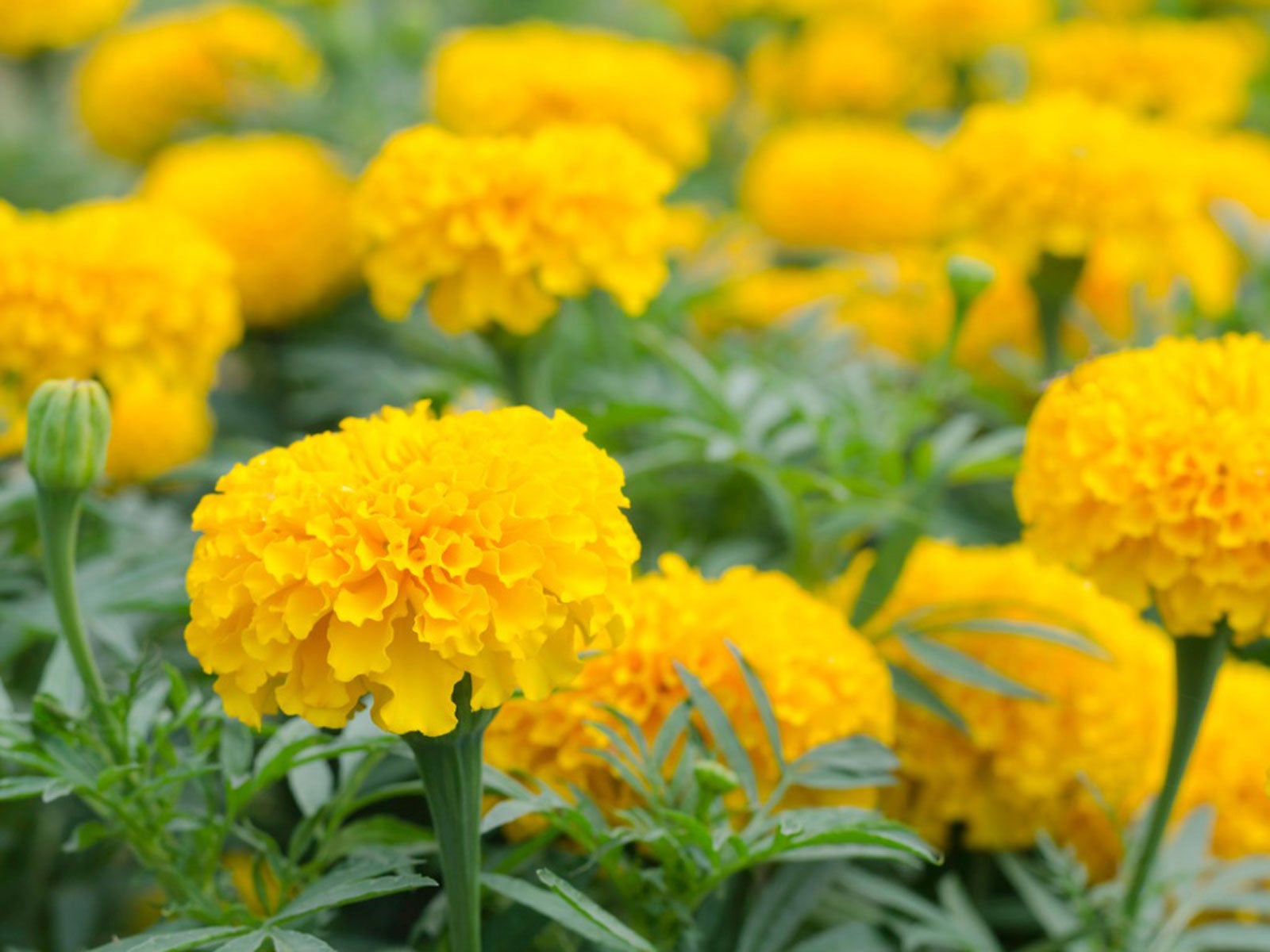 Marigold Flower Uses: Marigold Benefits For Gardens And Beyond
Marigold Flower Uses: Marigold Benefits For Gardens And BeyondMarigolds are appreciated primarily for their beauty, and you may not have considered the many surprising marigold benefits for gardens. Click on the following article to learn about ways to use marigold plants in the garden.
By Mary H. Dyer
-
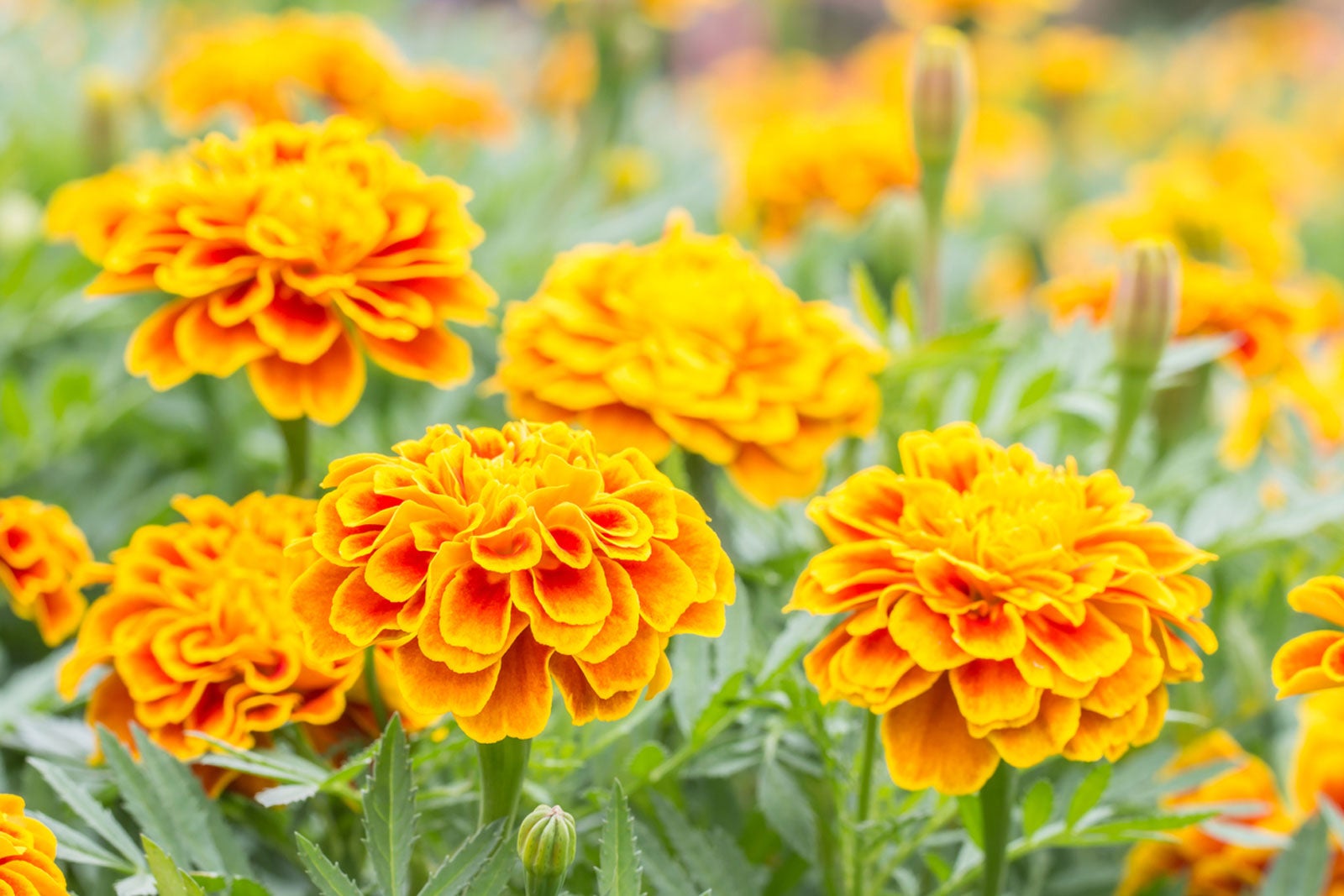 Marigold Vs. Calendula – Difference Between Marigolds And Calendulas
Marigold Vs. Calendula – Difference Between Marigolds And CalendulasIt’s a common question: Are marigold and calendula the same? The simple answer is no. Although both are members of the sunflower family, marigolds and calendula are plants with different genera. Why all the confusion? Find out in this article and how to tell them apart.
By Mary H. Dyer
-
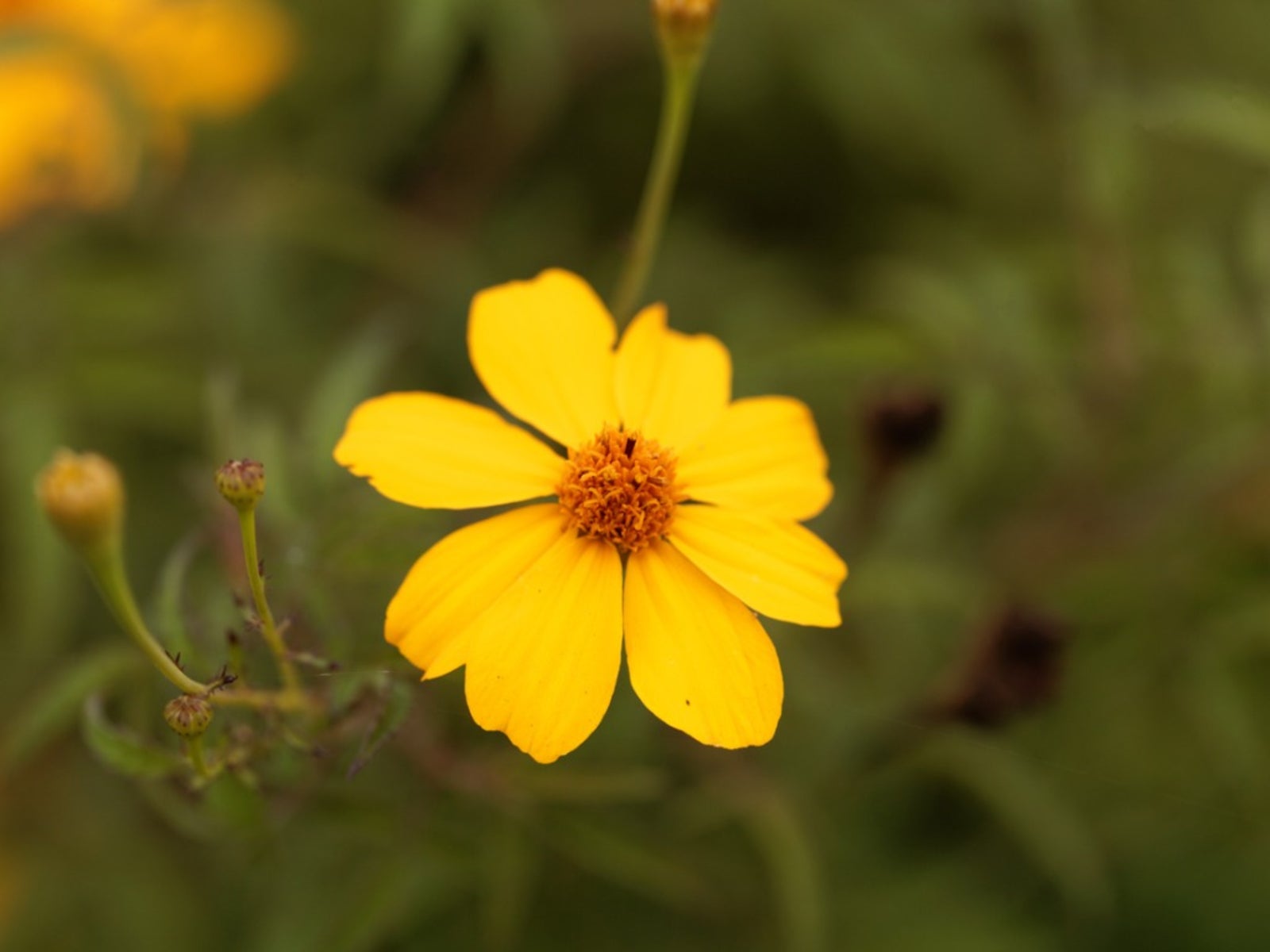 Mountain Marigold Care – How To Grow Bush Marigold Plants
Mountain Marigold Care – How To Grow Bush Marigold PlantsA beautiful annual scene is caused by the fall bloom period of Mountain Lemmon marigolds, which may also bloom sporadically in spring and summer, but save their best display for autumn. Click on this article to read more about mountain marigold plants.
By Darcy Larum
-
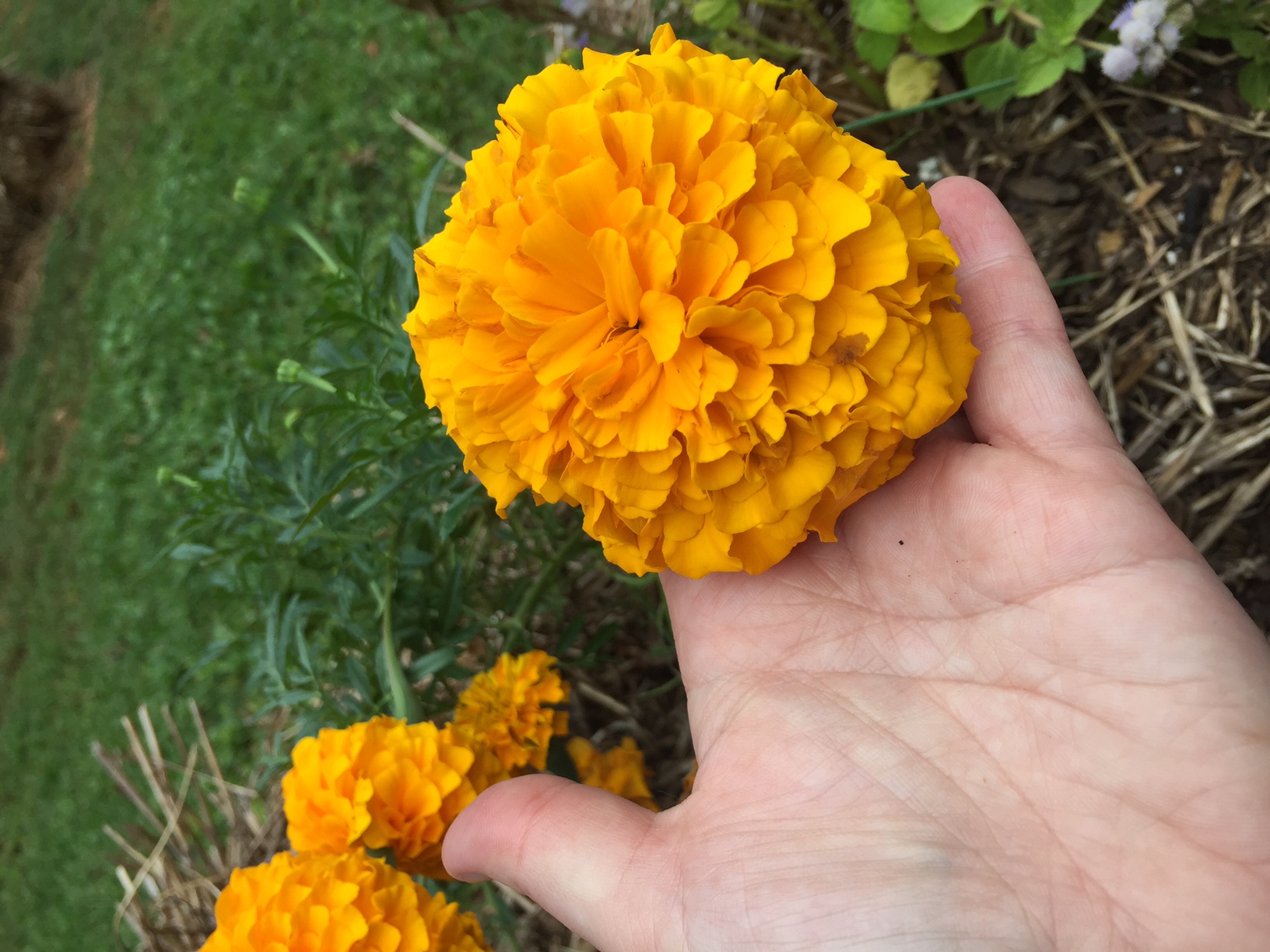 African Marigold Care: How To Grow African Marigolds
African Marigold Care: How To Grow African MarigoldsAfrican marigolds were sacred to the Aztecs, who used them as a medicine and as a ceremonial offering to the sun gods. Marigolds are still called the herb of the sun because of this. Click this article for more African marigold information.
By Darcy Larum
-
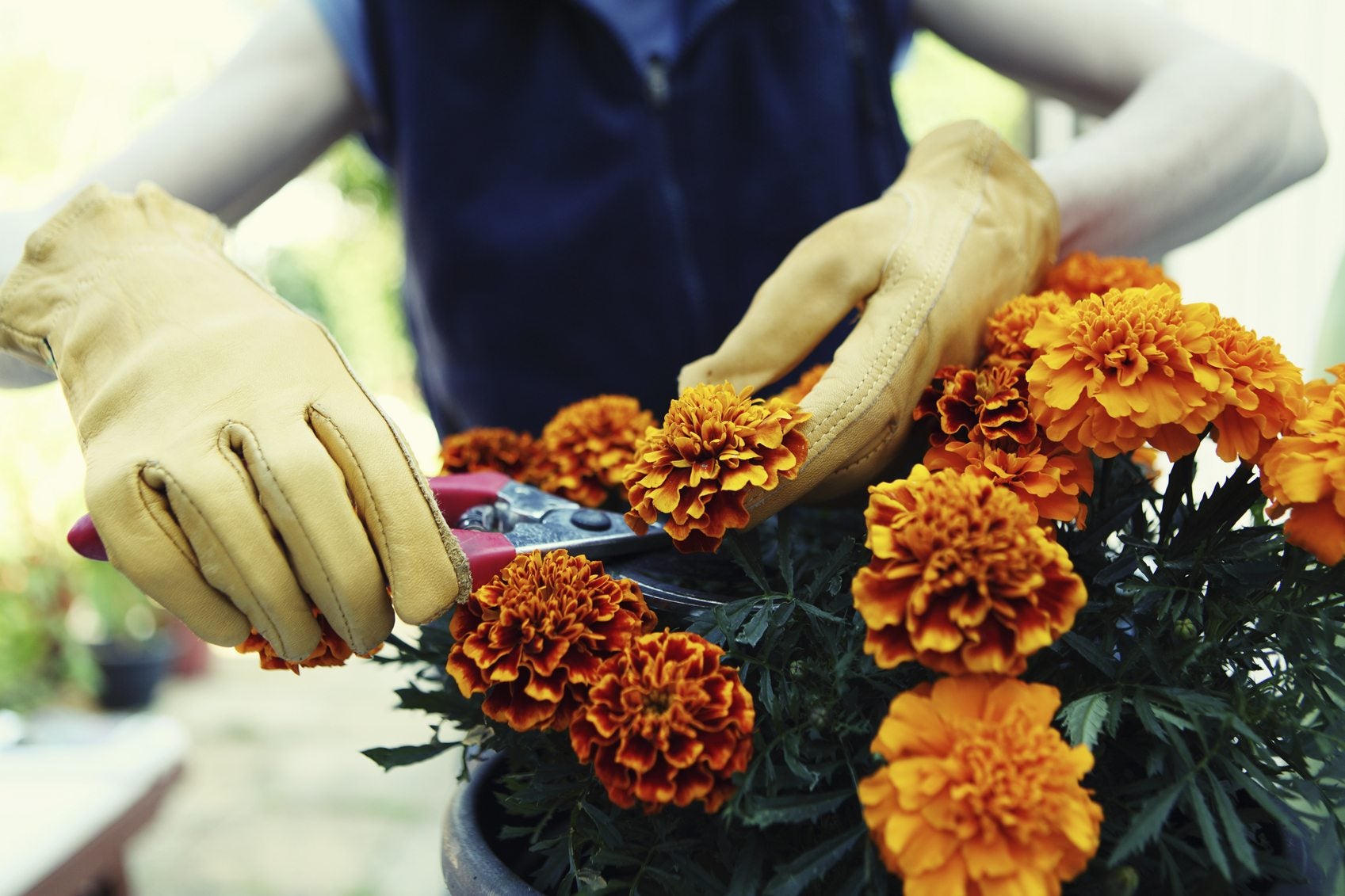 Deadheading Marigold Plants: When To Deadhead Marigolds To Prolong Blooming
Deadheading Marigold Plants: When To Deadhead Marigolds To Prolong BloomingShould you start removing spent marigold flowers? Marigold deadheading does help keep the garden looking its best and encourages new blooms. Click on this article for more information about deadheading marigold plants.
By Teo Spengler
-
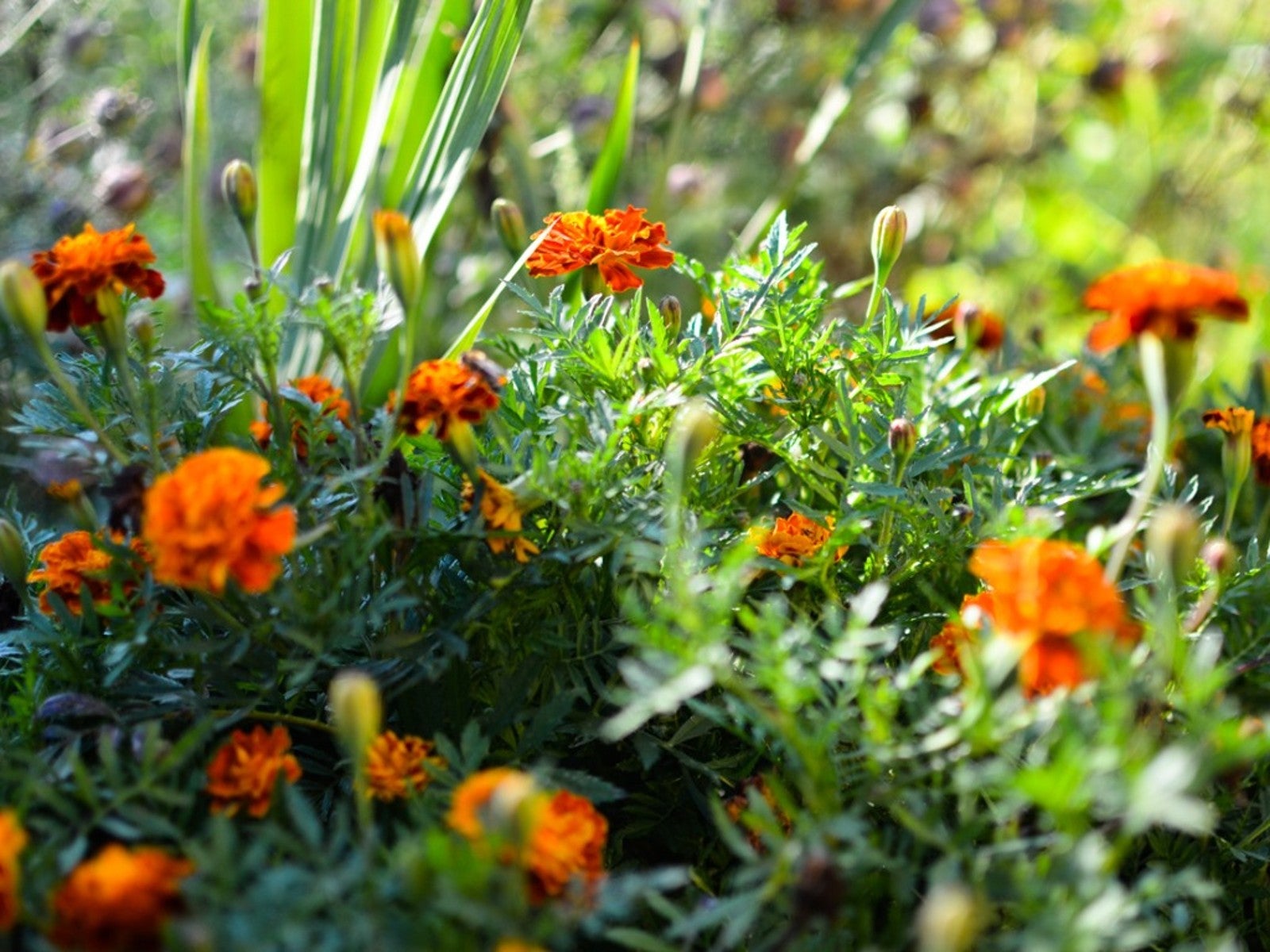 Marigold Leaf Problems: Treating Marigolds With Yellow Leaves
Marigold Leaf Problems: Treating Marigolds With Yellow LeavesMarigold blossoms are a bright, sunny yellow, but the foliage below the flowers is supposed to be green. If your marigold leaves are turning yellow, you've got marigold leaf problems. To learn what might be causing yellowing marigold leaves, click here.
By Teo Spengler
-
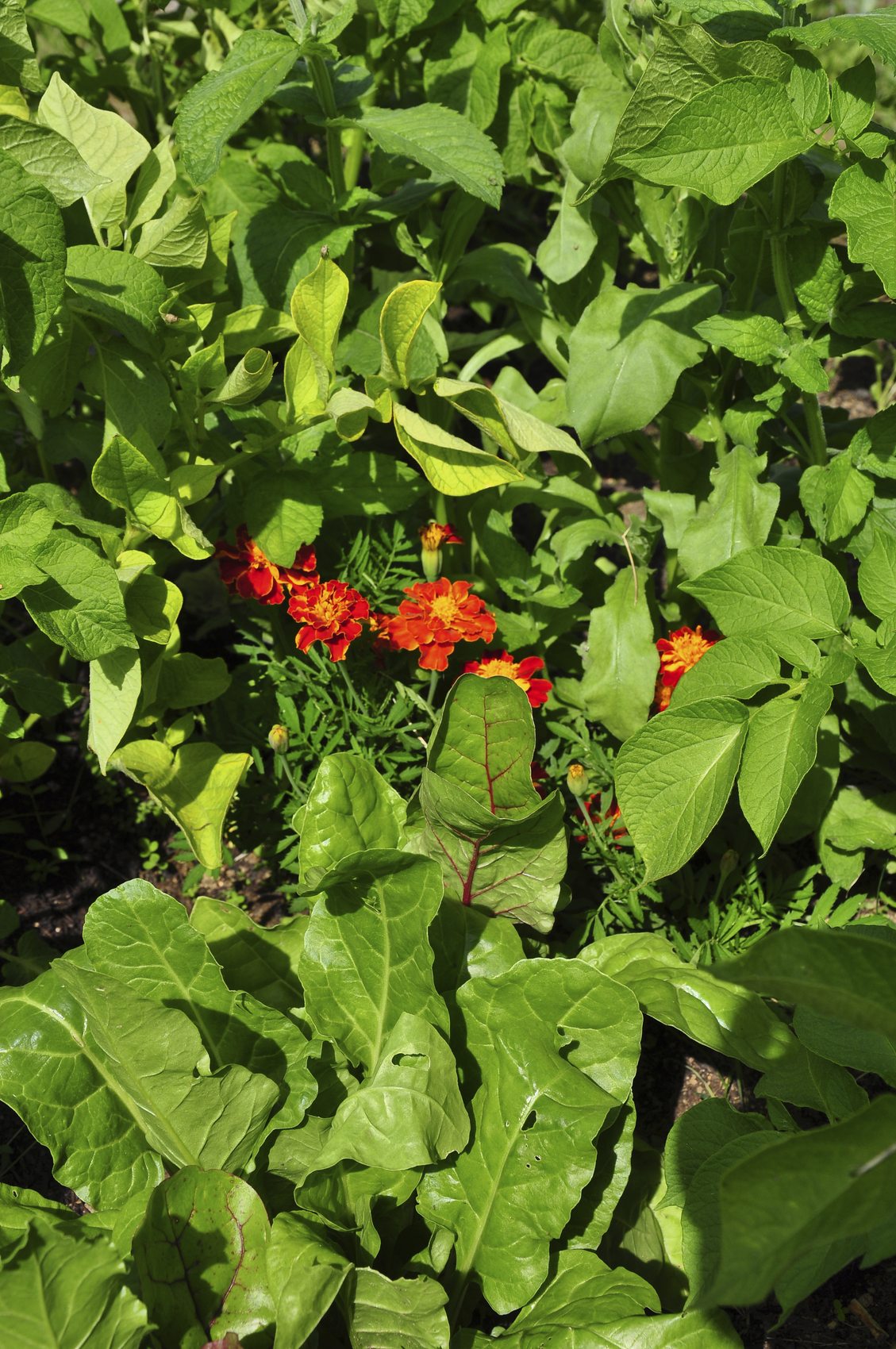 Using Marigolds Around Plants – Do Marigolds Keep Bugs Away
Using Marigolds Around Plants – Do Marigolds Keep Bugs AwayDo marigolds keep bugs away? The best way to find out is to experiment in your own garden, and you really can't go wrong. There's no doubt they attract a variety of beneficial insects that prey on bad bugs. Learn more about marigold plants and pests here.
By Mary H. Dyer
-
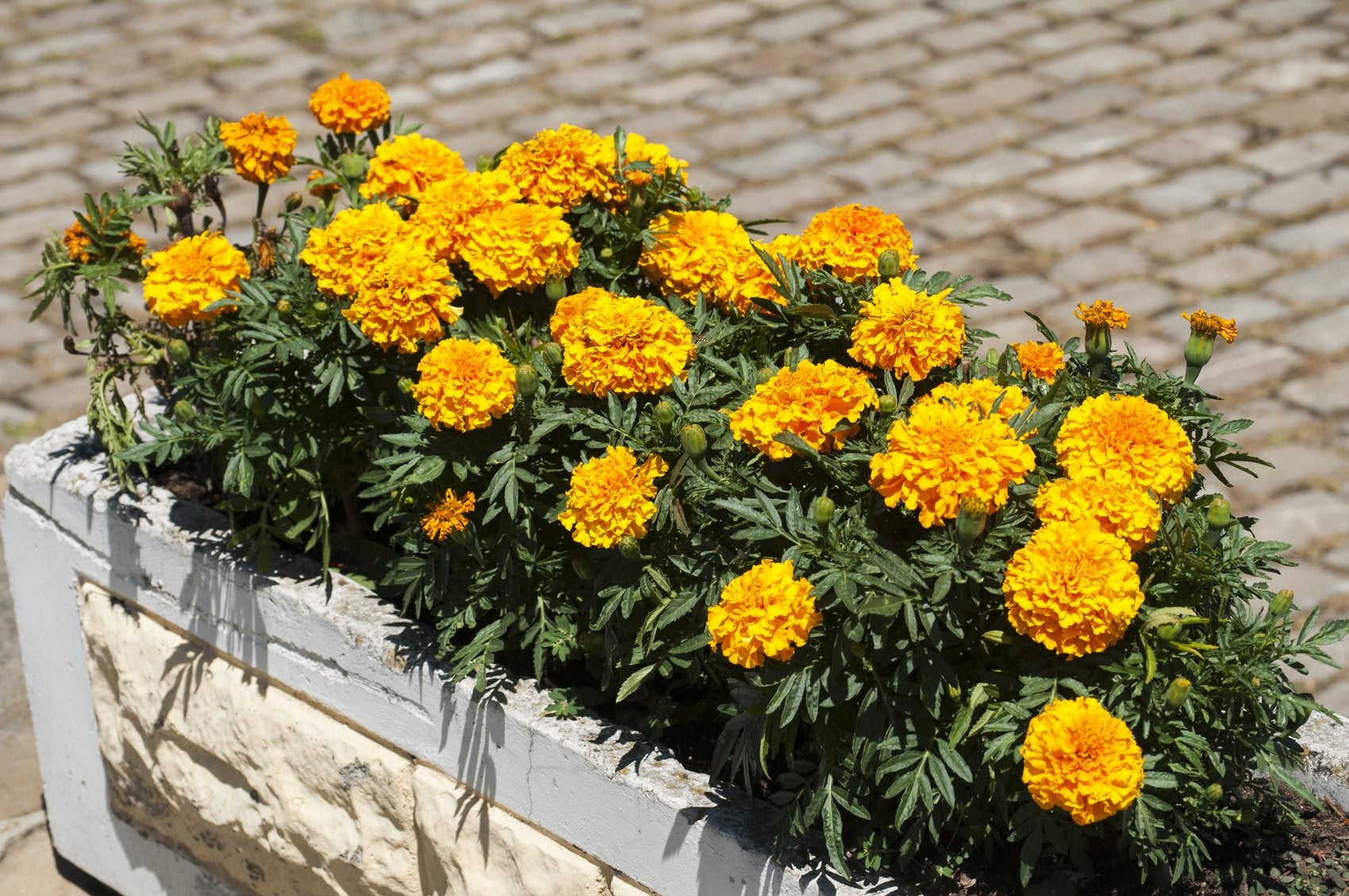 Caring For Marigolds In Pots – Tips On Growing Marigolds In Containers
Caring For Marigolds In Pots – Tips On Growing Marigolds In ContainersMarigolds are easygoing plants that bloom reliably, even in direct sunlight, punishing heat and poor to average soil. Although they are beautiful in the ground, growing marigolds in containers is a surefire way to enjoy this delightful plant. Learn more here.
By Mary H. Dyer